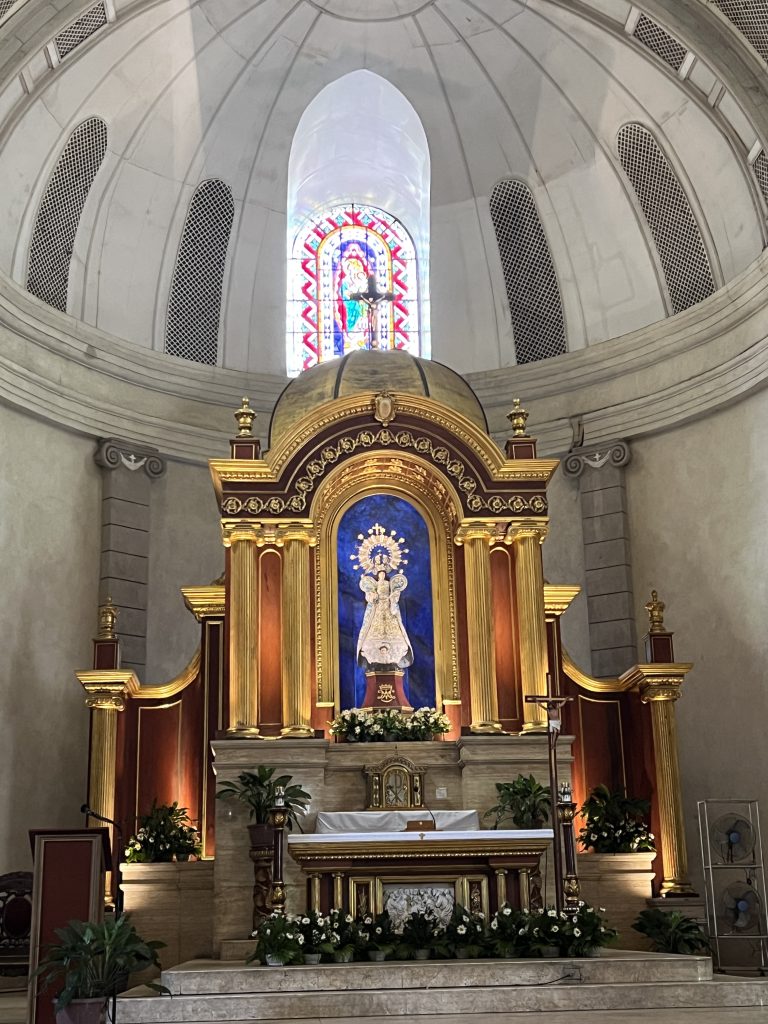We started the week off with another holiday: Laguna Day. Filipinos really love their holidays! June 19th was the birthday of Dr. José Rizal, the national hero of the Philippines. Although he was an ophthalmologist, he was also a huge advocate for political reforms when the Philippines was colonized by Spain. Rizal is best known for his novels that inspired the Philippine revolution. On Monday, the girls went to a cafe to read some journal articles and work on our blogs. I had a slice of ube (purple yam) cake which tasted similar to taro. Later that evening, an intern from India named Sakshi cooked us a traditional dinner for us.
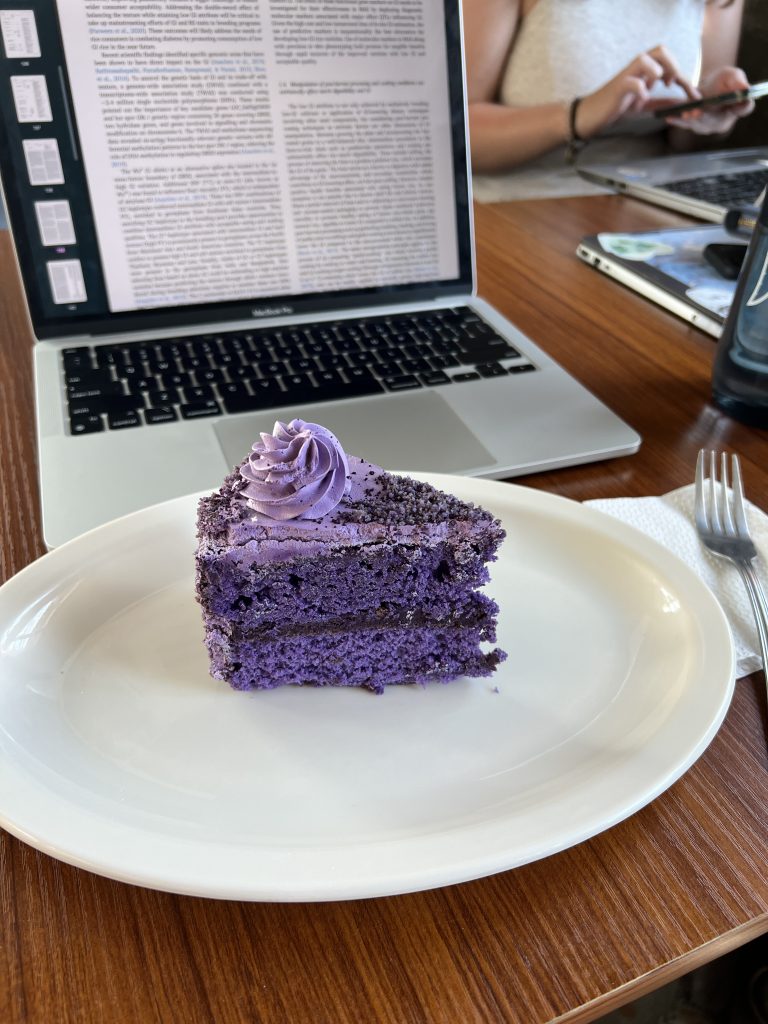
The next day, I woke up at 5 a.m. to get ready for our work trip to Laiya Beach in Batangas which is south of Los Baños. My lab group went to Kota Keluarga Resort and stayed there for most of the day. In the beginning, we split up into teams and played mini beach games. Unfortunately, my team got last place, but we still had fun! I also played a lot of volleyball and relaxed in the pool for a bit. We rode on a banana boat and a flying fish ride. It was nice getting to know more of my coworkers outside of an academic setting!
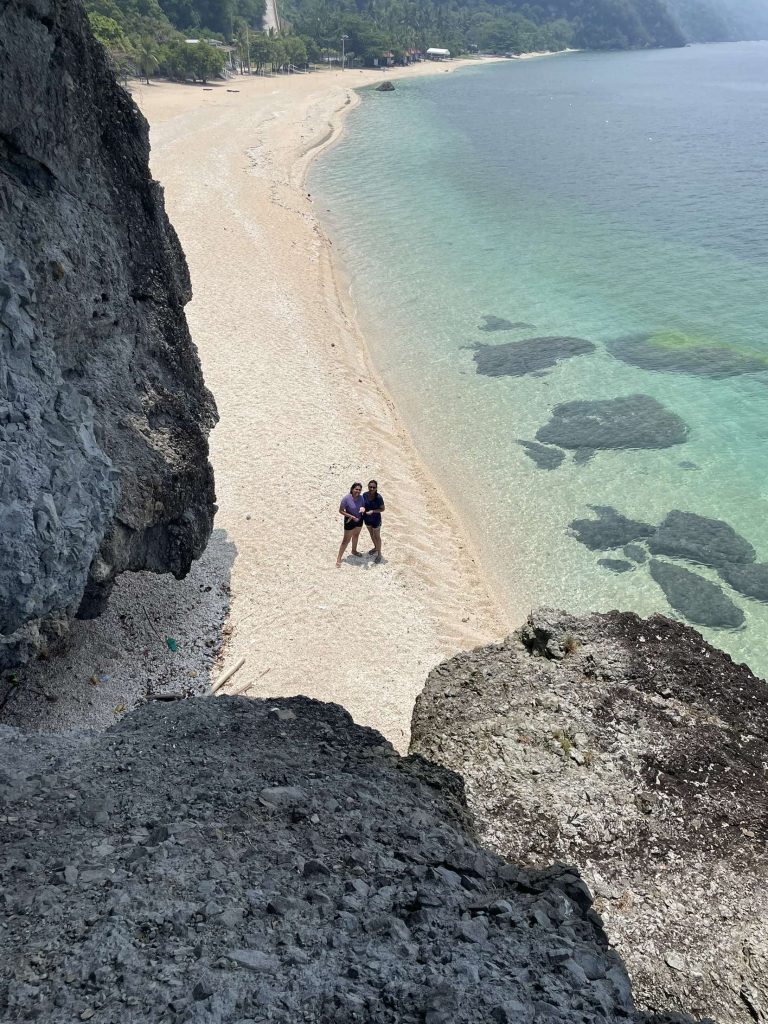
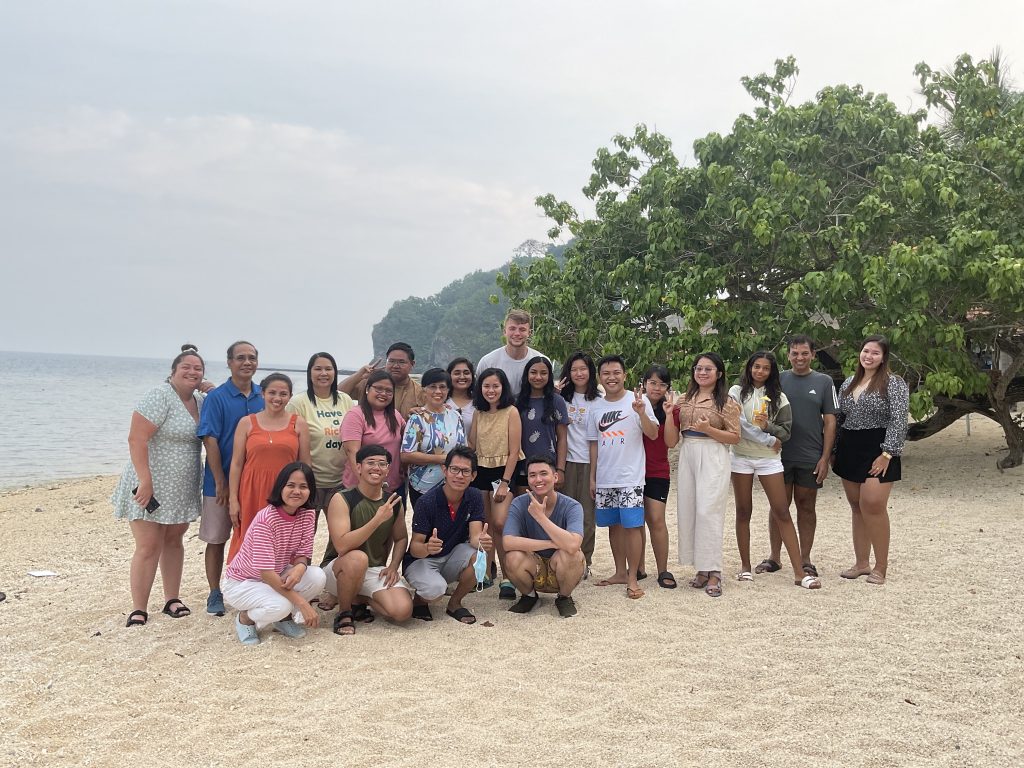
After having an extended holiday, Jazz and I started our RS/DC experiment on Wednesday, which takes 3 days to complete. RS (resistant starch) is a type of carbohydrate that gets fermented in the large intestine instead of getting digested in the small intestine. RS feeds the good bacteria in our gut. DC (digestible carbohydrate) is the opposite (like its name implies), and these carbohydrates are responsible for providing energy for the rest of our body. In the experiment, we analyzed 33 samples of rice with triplicates (total of 99) from one of IRRI’s mapping populations. We took samples of rice flour and added various reagents like ethanol, pancreatin, amyloglucosidase, sodium maleate, sodium acetate, and potassium hydroxide to break down the long glucose chains. The process involved a lot of centrifuging, mixing, pipetting, incubating, and overnight drying. Towards the end, we added a reagent called GOPOD which stands for glucose oxidase/peroxidase. Here is the reaction that occurs:

D-glucose, also known as dextrose, is the most abundant type of glucose (the other is L-glucose). In this reaction, D-glucose reacts with GOPOD to create a pinkish tint which is seen with the formation of quinoneimine dye. The amount of glucose is quantified using a UV/vis spectrometer. Typically, the more glucose a sample has, the darker the sample is, leading to a larger absorbance reading. Once the absorbance readings are taken, we perform calculations that account for dilution factors, the total volume, and the starch constant to get an RS and DC value in milligrams of starch. RS and DC and inverse of each other so samples with a high RS value should have a low DC value and vice versa.
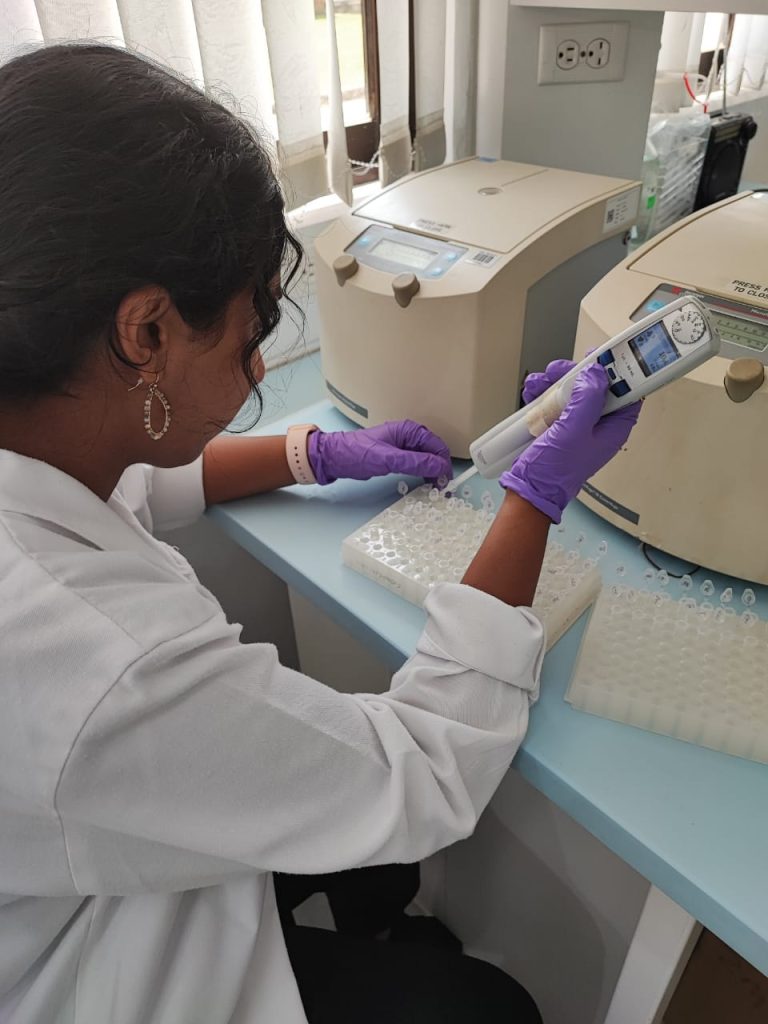
After lab on Friday, the IWU interns and Sakshi took a shuttle to Manila and stayed over at a hostel. We got to explore a bit of the nightlife before we headed to bed. On Saturday, we went to the National Museum of Anthropology which contained several exhibits with archaeological collections from the islands. One of my favorite exhibits was the Kaban Ng Lahi Exhibit, which portrayed the craftsmanship and burial traditions of Philippine society thousands of years ago. The gallery contained Maitum anthropomorphic burial potteries, which are burial vessels in the shape of human heads. Many of these works are considered to be national cultural treasures.

After walking around the museum for a few hours, we met up with 2 interns from the FNRI group, Semaj and Chrishana, and also Jazz at SM Mall of Asia. It was fun window shopping at the 5th biggest mall in the world – definitely way better than any of the malls near Bloomington! They had a lot of popular American stores as well as a lot of skincare and cultural stores. We ate dinner at a ramen place called Ramen Nagi which filled us up pretty quickly.
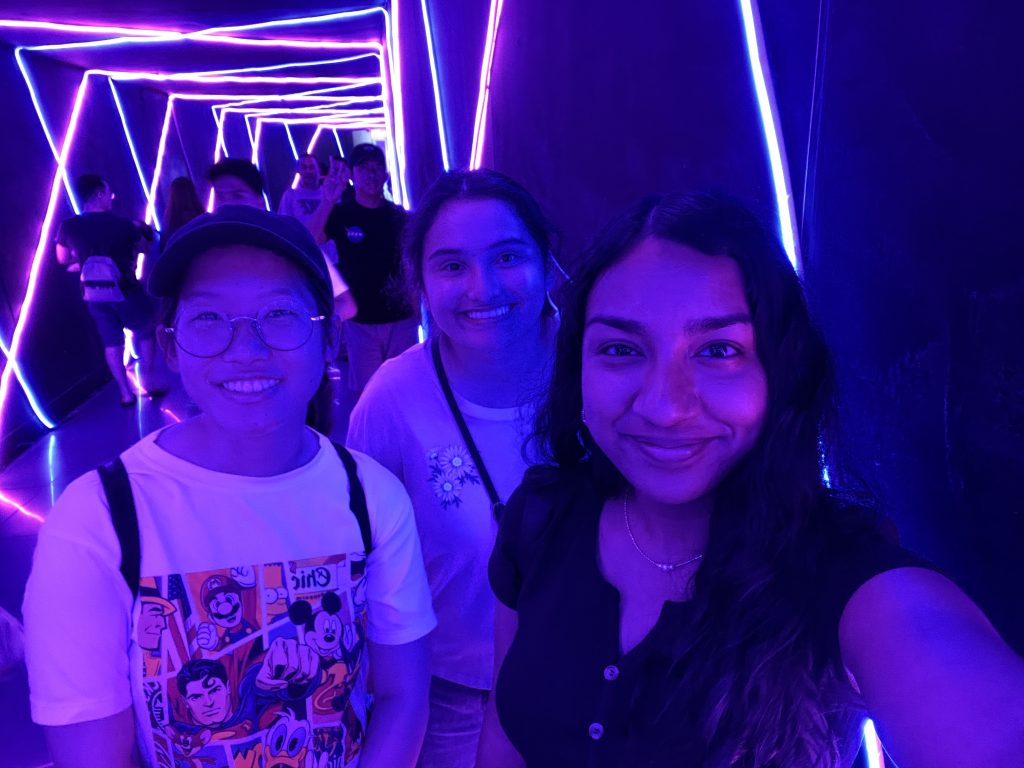
On Sunday, Julia, Jessica, and I went to a Catholic Church called Our Lady of Remedies Parish Church. It was cool to see how similar the service/mass was even though we are in a different country. Everything was in English. Later that day, we ate at SaSa cafe and headed back to IRRI. I slept well after a busy weekend!
